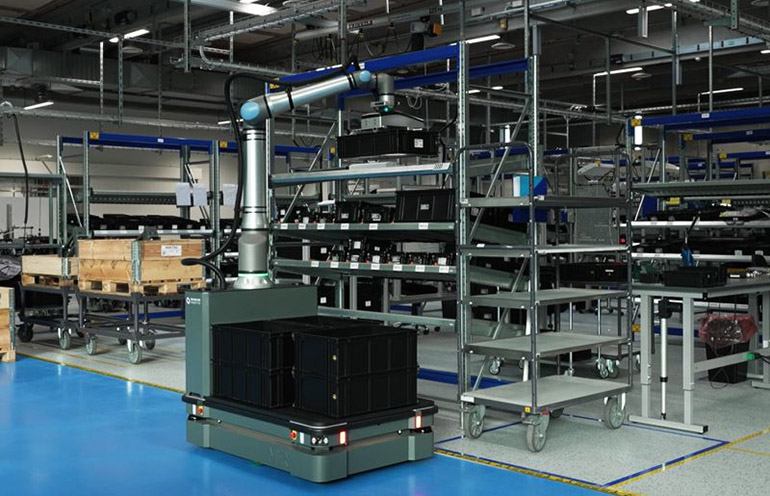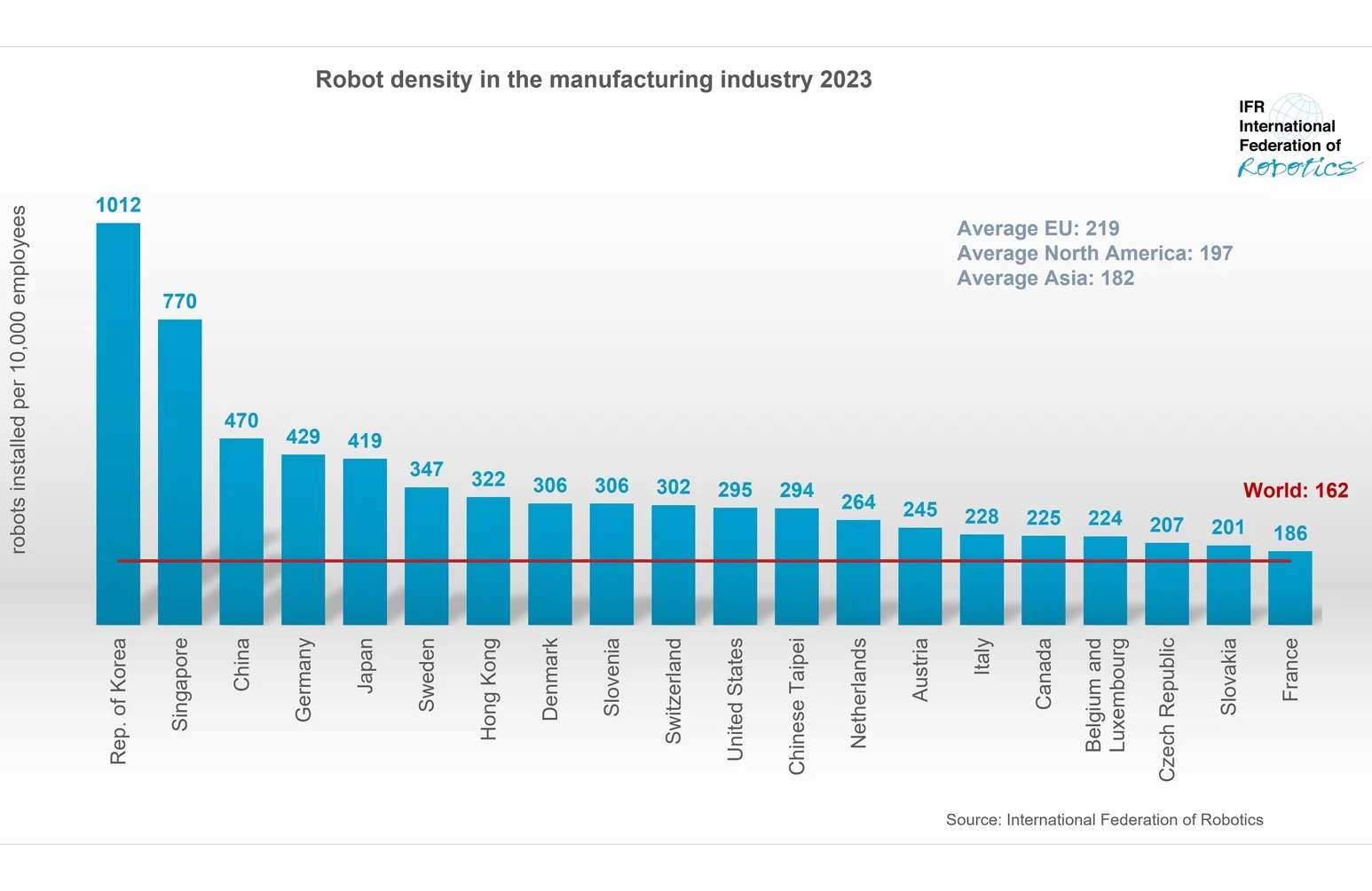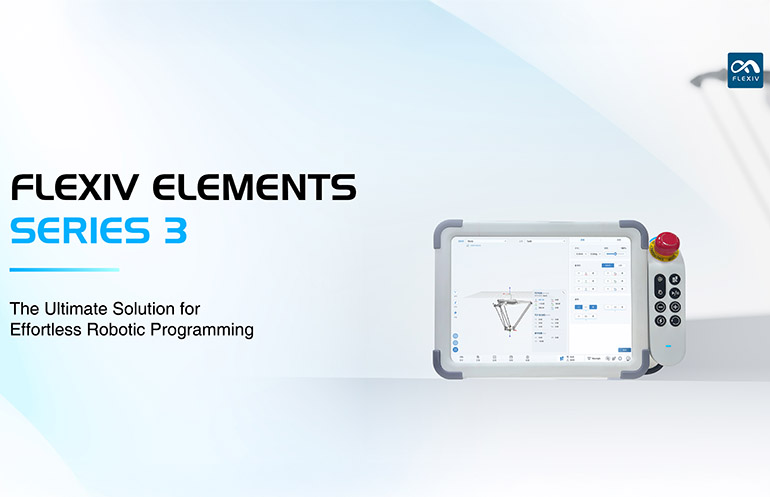
Fleet of portable Hornet UAVs ready for takeoff. Source: Granta Autonomy
Conflicts in Ukraine and elsewhere have increased interest in autonomous systems for intelligence, surveillance, and reconnaissance missions. Drone startup Granta Autonomy today announced that it has successfully completed its €1 million ($1.08 million U.S.) seed funding round.
The Vilnius, Lithuania-based company said the new capital will enable it to accelerate the development and production of its lightweight uncrewed aerial vehicles (UAVs) for surveillance and reconnaissance. It will also work on micro gimbals and digital Datalink software, which its team has personally tested over Ukraine’s front lines.
“The traditional battlefield is evolving, and Western armies require robust, reliable, and flexible solutions,” stated Gediminas Guoba, founder and CEO of Granta Autonomy. “Granta Autonomy is committed to ensuring our systems can be readily manufactured across Europe, reducing reliance on external sources.”
“Today’s funding enables us to ramp up our production capacity to deliver the large-scale deployments Europe needs. However, our focus goes beyond just numbers,” he added. “Our team works directly with soldiers on the battlefield, testing our products and software in combat zones and collaborating on solutions that excel in the toughest conditions. This battlefield experience, valued by our Western partners, fuels our mission to revolutionize drone reconnaissance for global militaries.”
Granta Autonomy designs UAVs to be reliable
Granta Autonomy has been developing remote-controlled uncrewed aircraft systems (UASes), gimbals, and Datalink software since 2015. Founded by former military engineers Guoba and Laurynas Litvinas, the company now provides NATO forces across Europe with its range of hand-launched Hornet UAVs.

Founders Laurynas Litvinas and Gediminas Guoba. Source: Granta Autonomy
The company also focuses on integration and components for intelligence, surveillance, target acquisition, and reconnaissance (ISTAR), as well as search and rescue and loitering munitions.
After Russia invaded Ukraine in February 2022, Granta Autonomy started supplying its UAVs to the Ukrainian front. Today, the Ukrainian army operates Granta systems funded by the Lithuanian and other European defense ministries. The company also provides its technology to NATO forces across Europe.
Its latest UAV, the Hornet XR, is portable and has features intended for covert reconnaissance missions. Its drone incorporates experience and feedback from past models, said Granta Autonomy.
With a simple throw takeoff and a silent, electric flight lasting up to 3 hours, the Hornet XR can cover up to 160 km (99.4 mi.) undetected, according to Granta Autonomy. The UAV has a compact wingspan of 1.6 m (62.9 in.), a length of 0.84 m (33 in.), and a weight of only 2.9 kg (6.3 lb.). Thus, it can be quickly launched by hand, eliminating the need for cumbersome support equipment, the company said.
Pre-programmed missions ensure autonomous operation, even in radio silence or GNSS-denied environments. The aircraft can land itself using a deep-stall method, making it easy to retrieve in tight spaces, Granta asserted. The Hornet XR’s compact, modular design allows for convenient transport in a car trunk.
Lightweight micro gimbals help capture images
Granta Autonomy also provides proprietary micro gimbals, which it claimed are the lightest direct-drive gimbals on the market. The micro gimbals feature a camera system that can capture daytime images at distances up to 5 km (3.1 mi.).
The company said its GS-214X and GS-218X micro gimbal systems are the fourth generation of gimbal-mounted EO/IR payloads it has designed from scratch. The systems also provide Hornets and other third-party drones a thermal camera for missions at night.
Measuring 71 mm (2.7 in.) and weighing just 180 g and 195 g (6.3 and 6.8 oz.), respectively, these sensors feature an EO camera with a zoom capability of ×40 (×20 optical and ×2 digital), a horizontal field of view of 60° to 3° (optical) and 1.5° (digital), and a resolution of 1,280×960 pixels.
Both sensors feature a FLIR Boson+ 640 long-wave infrared sensor, which has a resolution of 640×512 pixels. The GS-214X uses a 14 mm (0.5 in.) lens offering a horizontal field of view of 32°, and the GS-218X uses an 18 mm (0.7 in.) lens offering a horizontal field of view of 24°.

The lightweight Hornet XR can be hand-launched. Source: Granta Autonomy
Digital Data Link works in contested environments
Granta Autonomy said its proprietary Digital Data Link (DDL) software offers frequency ranges of 2,300 to 3,000 MHz and 4,900 to 7,200 MHz, flexible antenna options, and improved performance in contested environments. The company said DDL ensures that its gimbal integrates with most ground control station (GCS) software.
The Hornet DDL, which weighs less than 50 g (1.7 oz.) and consumes less than 10W during active transmission, can achieve a video transmission range of 10 km (6.2 mi.), with an omnidirectional antenna and more than 30 km (18.6 mi.) with a directional antenna.
“The Hornet XR exemplifies our design philosophy, which is rooted in the expertise of our military UAV operators and engineers,” said Guoba. “[It delivers] industry-leading flight time, simple operation, and rugged durability, which brings greater efficiencies, lower costs, and unmatched reliability to complex, multi-disciplinary missions.”
“The same goes for our micro gimbals,” he added. “When we started, there were no gimbals on the market for small UAVs like ours. Now, we are producing the lightest direct-drive gimbals on the market.”
VCs support Granta defense missions
ScaleWolf VC, a leading Lithuanian dual-use tech venture capital fund and accelerator, led the round. Brolis Defence and HFL holdings also participated.
“Since we met Gediminas and the team, we have been impressed by the groundbreaking technology and vision of the Granta Autonomy team,” said Edvinas Kerza, managing partner of ScaleWolf VC and former vice minister of the Lithuanian Ministry of Defense.
“Their innovative approach to developing surveillance and reconnaissance technology is second to none and has the potential to revolutionize the way armed forces manage complicated and multi-discipline reconnaissance missions,” he added. “We proudly support their mission and look forward to seeing their autonomous UAVs impact the battlefield over the coming years.”
Brolis Semiconductors is a Lithuanian defense company, developing advanced electrooptic and laser solutions for the NATO market since 2011. HFL holding is a private holding company led by Lithuanian laser technology pioneer Dr. Romualdas Danielius, founder and main shareholder of Light Conversion.

 4 months ago
48
4 months ago
48









 English (US) ·
English (US) ·